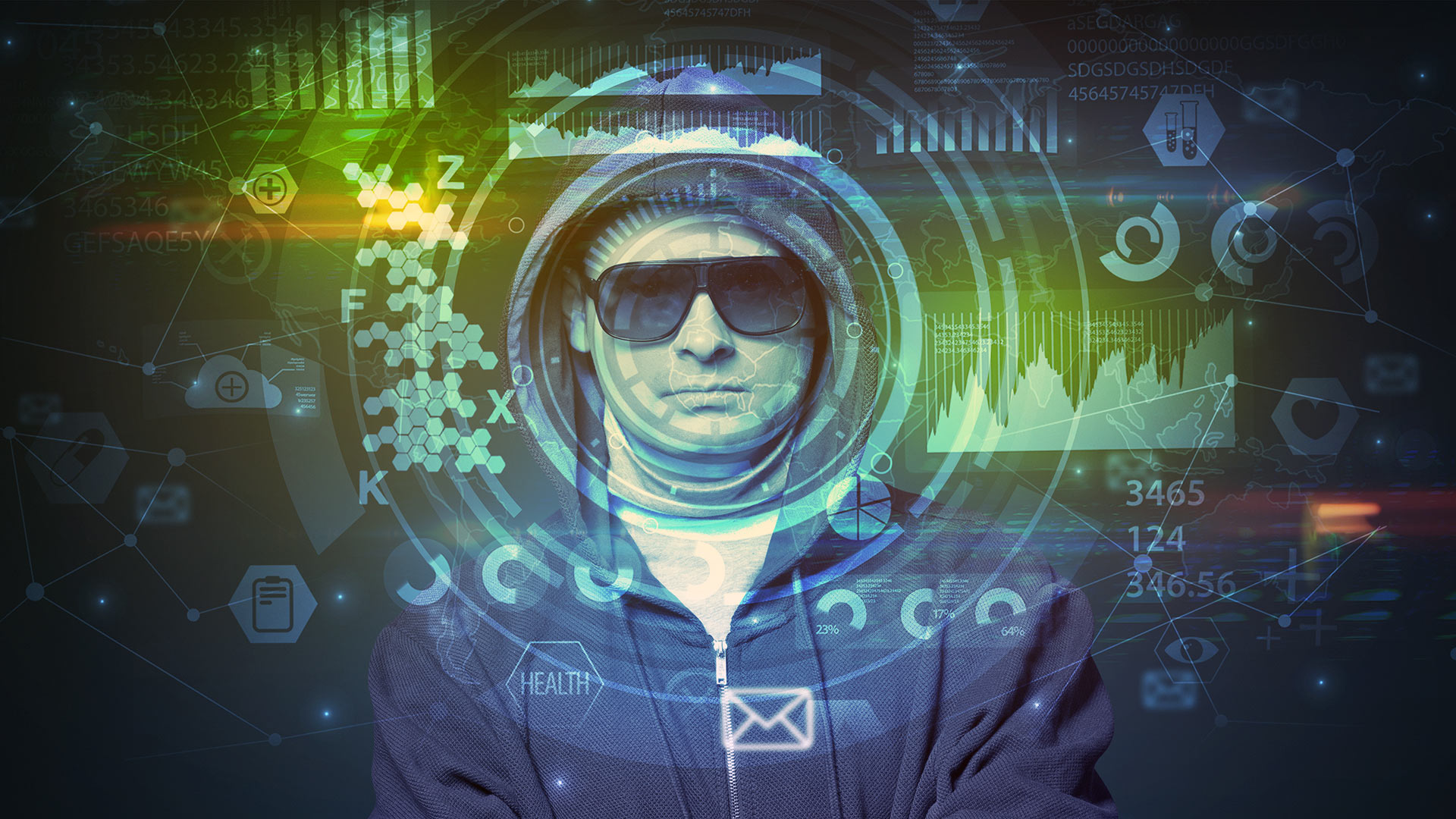
Minnesota law enforcement agencies are embracing facial recognition technology to pursue criminals and identify suspects thanks to software used by the Hennepin County Sheriff’s Office (HCSO).
Officers across the state are making use of the software, which generates matches by comparing photos of unidentified individuals to a database of mugshot images.
The HCSO said the software has been profitable in creating leads for possible suspects.
According to HCSO analysts, there are strict controls when using the technology to avoid cases of mistaken identity.
Furthermore, the system can only identify people with a criminal background who have had mugshots taken in the past.
“We don’t have driver’s license photos or anything in there that we’re comparing against,” an HCSO analyst said.
According to the analyst, when the system finds a possible match, the HCSO does not share the information with officers until there is further corroboration of the suspect’s identity.
The sheriff’s office said the facial recognition software is currently limited to image comparison and not live surveillance.
“We cannot provide any live monitoring or surveillance of people,” Captain Spencer Bakke clarified.
Oftentimes, the database will generate several matches at a time that then have to be narrowed down.
For example, an image of a suspected car thief turned up several matches that then had to be narrowed down based on factors such as age and incarceration status.
However, one man had three mugshots match with the image. He was later found to be wearing the same clothes as in his mugshot on a pawnshop’s security camera.
“I feel now that it’s a strong lead, but when I would respond to the investigator, I would still say, ‘This is not a positive identification. This is only a lead,’” the analyst said.
Facial recognition software is a common tool used by Minnesota law enforcement to identify possible suspects.
Between January 2, 2019, and October 27, 2022, there were more than 1,695 requests for image searches from over 100 police agencies in the state.
The use of facial recognition software tools in law enforcement has been a controversial topic.
The Minneapolis Police Department banned the use of the software in 2021 following an ordinance approved by the city council.
The MPD was embroiled in a battle with city leaders and activists during this time who sought to defund the department and establish a “reimagined” public safety department.
The ban on facial recognition technology was one of multiple police reforms passed by the city during this period.
Almost a year later, Virginia struck down its ban on the use of such technology by law enforcement.
According to ACLU Minnesota spokeswoman Munira Mohamed, the ACLU and other civil rights advocates raised concerns that the software was racially and ethnically biased.
“The technology itself tends to be unreliable and very volatile. We’re looking at really high error rates for people who are essentially not white, so especially Black women, older people as well.”





